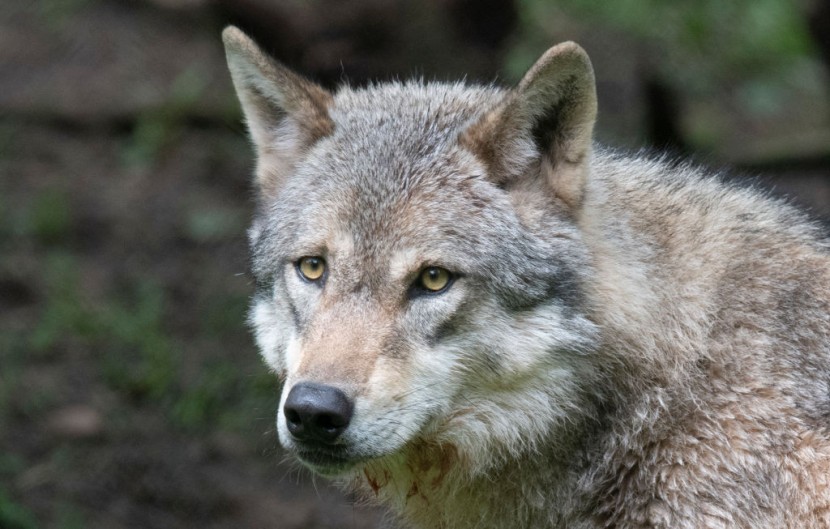
In a groundbreaking scientific milestone, biotechnology firm Colossal Biosciences has successfully recreated the long-extinct dire wolf, reviving one of North America's most iconic Ice Age predators. The achievement comes after years of genetic research and six months since the birth of the world's first new dire wolves in over 12,000 years.
Colossal CEO Ben Lamm confirmed the development, stating that three dire wolves have been born as part of the company's de-extinction initiative. "Dire wolves went extinct 12,500 years ago, until October of last year," Lamm told SYFY WIRE. "We took a 13,000-year-old tooth and a 73,000-year-old skull, and we made puppies."
Unlike their fantasy counterparts in stories such as Game of Thrones, dire wolves (Canis dirus) were real apex predators that roamed North America during the Pleistocene Epoch.
Larger and more muscular than today's gray wolves, dire wolves hunted megafauna like ground sloths and ancient bison before disappearing at the end of the last Ice Age.
The resurrection effort began with the extraction of ancient DNA from two well-preserved fossils: a 12,000-year-old tooth from Ohio and a 73,000-year-old skull from Idaho. The company sequenced these genomes and compared them to modern canids, ultimately identifying genetic traits unique to dire wolves, including those influencing size, skeletal structure, and fur characteristics.
Although fossil evidence once led scientists to believe dire wolves were close relatives of gray wolves, recent genomic analysis has revealed a more complex ancestry. Colossal's work indicates dire wolves diverged from the common ancestor of modern wolves nearly five million years ago, with some genetic convergence occurring later.
Colossal's scientists used advanced gene editing techniques to modify gray wolf embryos, introducing 14 edits across 20 gene sites.
Fifteen of these edits recreated ancient dire wolf traits; the remaining five were modern analogs designed to preserve health and safety. For instance, while original dire wolves likely had white fur, the gene responsible for that trait also carried a risk of deafness or blindness. Scientists instead used a safer alternative gene to achieve the look without impairing the animals.
The embryos were then implanted into surrogate mothers using somatic cell nuclear transfer — the same cloning method used to create Dolly the sheep in 1996. The result: three living animals that are genetically engineered to resemble dire wolves.
The first two pups, named Romulus and Remus, were born on Oct. 1, 2024. A third, a female named Khaleesi, was born six weeks later. The trio marks the first generation of what Colossal hopes will be a new population of rewilded apex predators.
The animals are currently housed in a secured, USDA-registered 2,000-acre ecological preserve called Zone Alpha, located in the northern United States. The facility includes a 6-acre observation area, veterinary center, natural dens, and storm shelters. Romulus and Remus live together under full-time supervision, while Khaleesi is being cared for separately until she matures.








